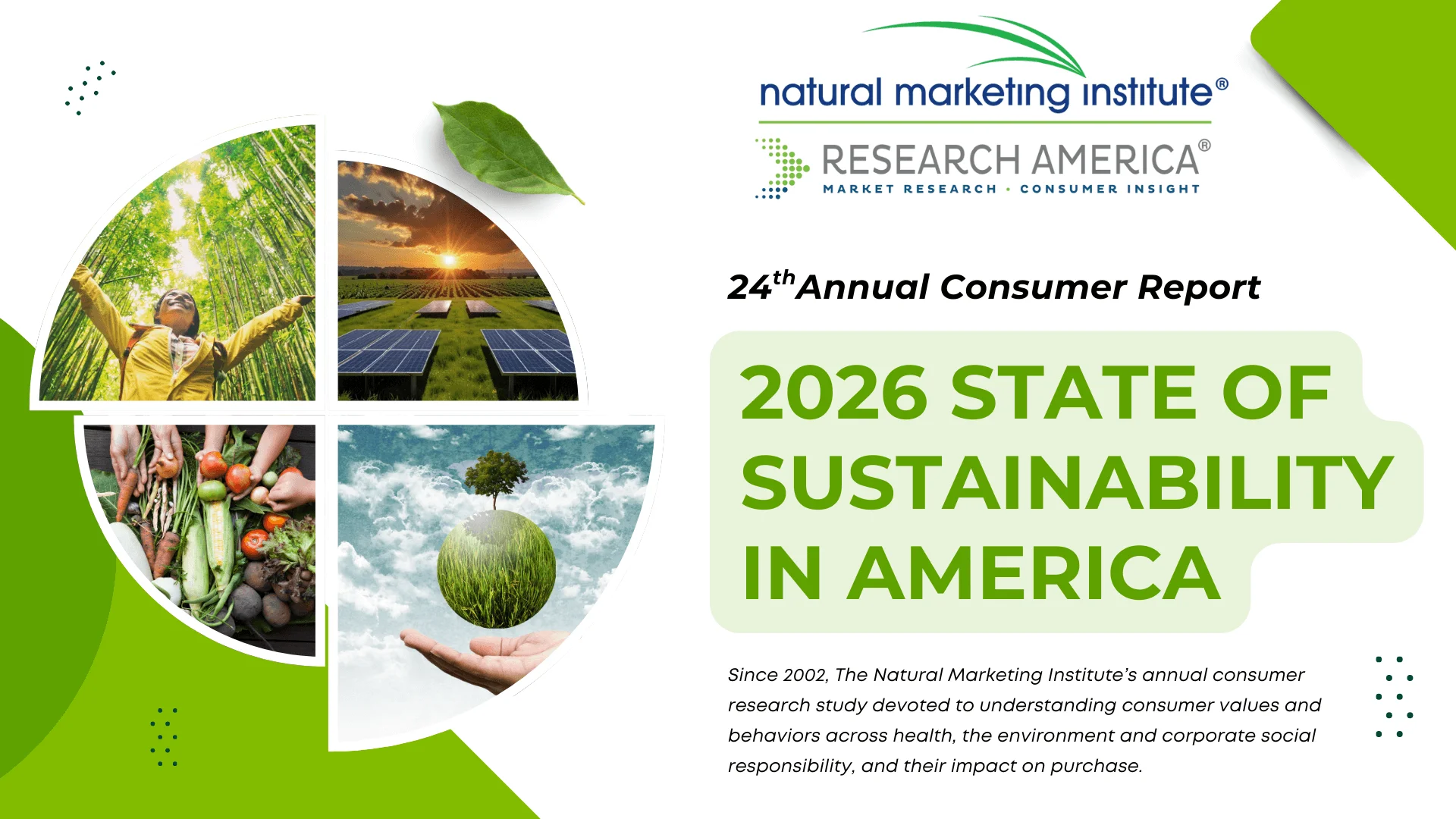Sustainability Trends in America, 2026 Consumer Insights Report
115 pages of the Natural Marketing Institute’s research, a study supported, providing current consumer insight with market research data and analysis, including charts, graphs, and illustrations!
Site License: Includes PDF, PPT with access to charts and site rights for internal network usage across one company BRAND/location.
Price: $15,000 Order Report
Sustainable Trends - 24 Years of Marketplace Consumer Insights
Natural Marketing Institute (NMI), a renowned leader in market research for sustainable health and wellness, is pleased to present its 24th Annual Consumer Report, “2026 State of Sustainability in America.” Building on decades of research, this report offers critical insights into the evolving landscape of consumer values, environmental responsibility, and corporate sustainability. It emphasizes the growing significance of eco-conscious behaviors in combating global challenges, such as economic instability, climate change, and social inequities. It also underscores the influence of LOHAS consumers, who play a pivotal role in driving sustainability into the mainstream.
According to the report, many Americans believe we are dangerously close to the point where environmental damage cannot be reversed and Natural Marketing Institute is tracking these perceptions closely. According to our findings, 41% of U.S. adults believe we are either at or have already passed the planet’s tipping point, a stark indicator of the urgency consumers feel about environmental recovery.
It is not surprising, then, that we are also seeing a shift from a position which prioritizes human interests to a more balanced eco-centric state which considers the value of all living organisms in nature in their own right, beyond just how they can benefit human life. These perceptions highlight the urgency for stronger environmental action and clearer communication about sustainability efforts underscoring a heightened demand for solutions, leadership, and transparency across all organizations, businesses and brands.
A glimpse into the report:
- Consumer perceptions which are helping to shape the sustainability landscape
- The value differentials which are increasingly becoming part of product purchase decisions
- How segments within society view sustainability differently and what motivates this differentiation
- Consumer interest in learning in which sustainable initiatives companies participate
- Environmental and societal concerns which are most important to today’s consumer
- …and much more

Table of Contents
U.S. Sustainability Consumer Trends Database Overview
Other Natural Marketing Institute Databases
Introduction
Consumer Viewpoints Which Are Helping to Shape the Sustainable Landscape
Environmental Issues About Which Consumers Care
Sustainable Segment Differences
Fusion of Personal & Planetary Health
Concern about Overpopulation
Relevance of Biodiversity
Anthropocentric vs. Eco-centric
Concern about Prevention of Animal Cruelty
Interest in Renewable Energy
Awareness of a Circular Economy
Concern about Unregulated Plastic Production
Proactive Reduction and Pre-Cycling Understanding
Water Availability Concerns
Desire for Toxin Reduction
Regenerative Organic Certification vs. Organic Certification
Perceptions of Global Warming
Concern for Socially Responsible Business
Priorities of Make America Healthy Again (MAHA)
Consumer Understanding of MAHA Priorities
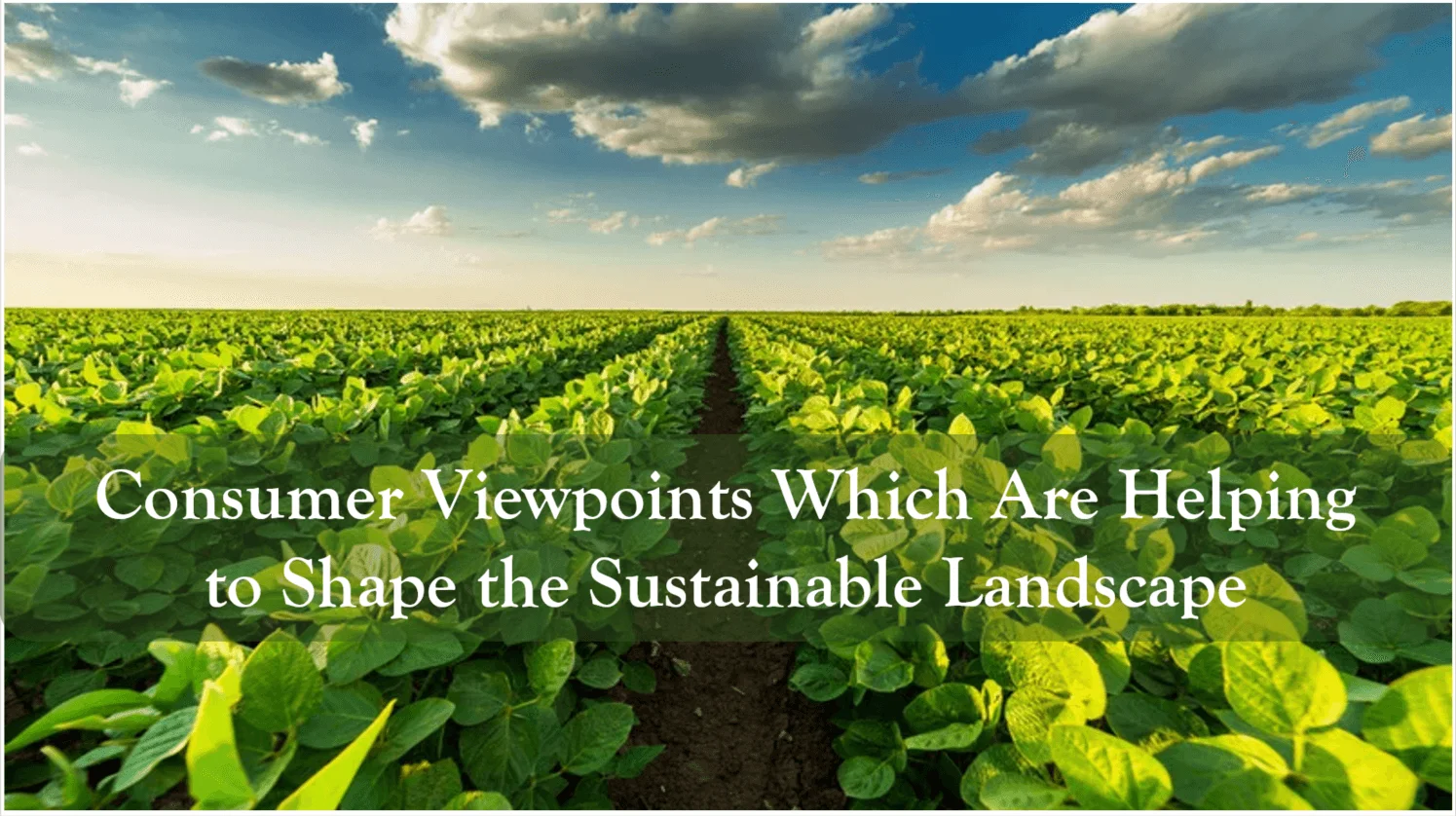
Consumer Perceptions on the State of Planetary Health
Who Should Be Doing More to Protect the Environment
Concern about Societal Issues
Concern about Environmental Issues
Consumer Perceptions of Planetary Recovery
Consumer Perceptions of Planetary Recovery across Age Groups
Optimism about Humanity's Ability to Improve the Environment
Perceptions of the Climate Debate
Understanding of Geoengineering
Interest in a Company's Use of Renewable Energy
Concern about Toxins in Environment
Use of Organic Foods for Health Promotion
Desire for Less Plastic
Concern about Waste
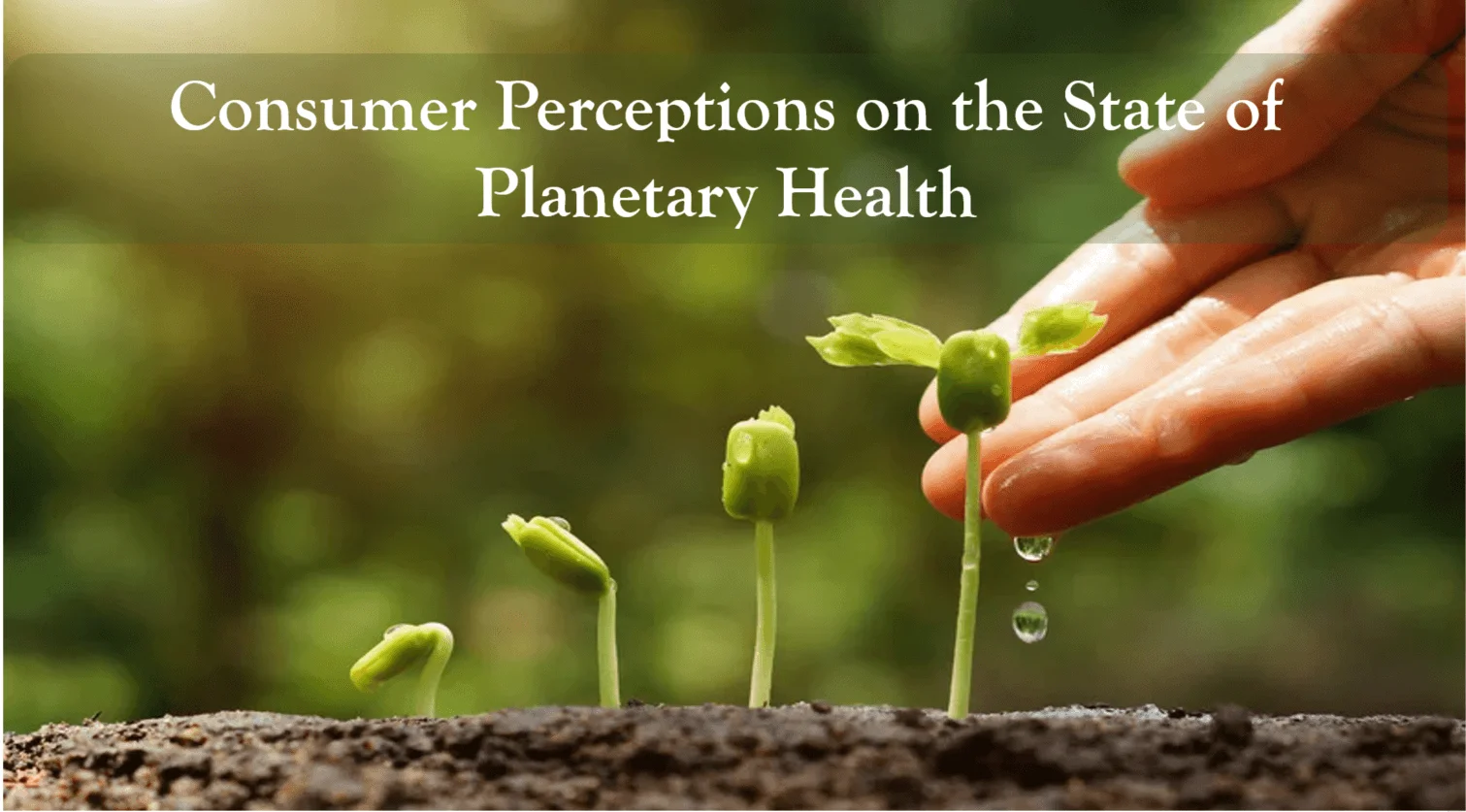
Personal Responsibility: Taking Action
Living Environmentally on a Daily Basis: A 10 point scale
Willingness to Make Personal Sacrifices for the Environment
Participation in Environmental Behaviors
Participation in Environmental Behaviors by Age Group
Recycling Attitudes
Environmental-Friendliness of Various Packaging
Impact of Current Economy on Sustainable Behavior
Boycotting Behavior
Influential Behavior Regarding E-Friendly Product Purchase
Impact of Skepticism on Environmental Engagement
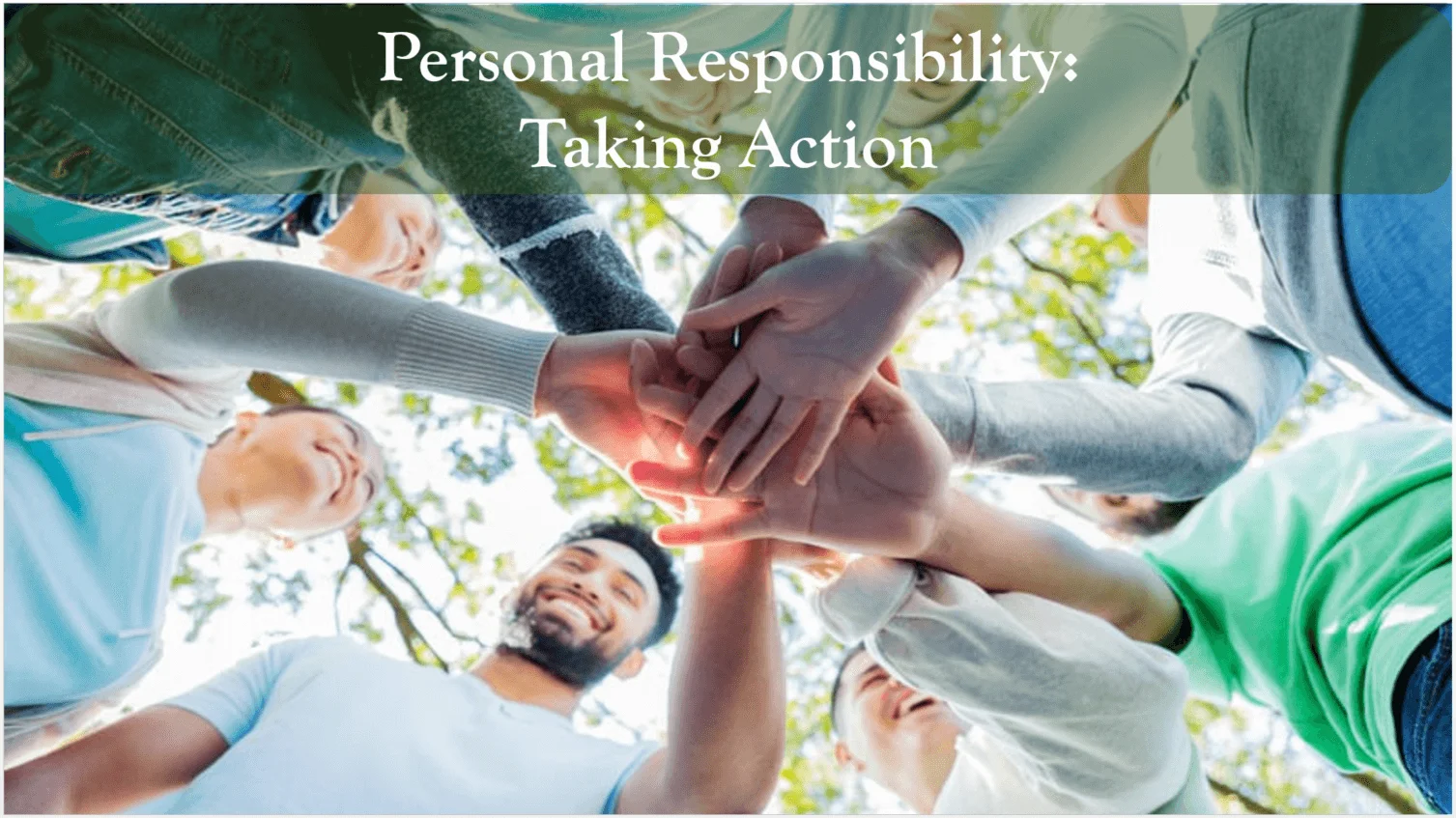
Value Differentials: Drivers of sustainable Choice
Importance of Sustainable Products
Actions Taken to Determine a Company's Sustainable Initiatives
Preference for Products from a Company with Societal Initiatives
Concern about Fair Trade Practices
Impact of Certifications
Recognition and Understanding of Certifications
Level of Trust in Certifications
Impact of Certifications on Purchase
Interest in Companies' Environmental Initiatives
Interest in Companies' Societal Initiatives
Impacts of Knowing a Company Is Mindful of the Environment
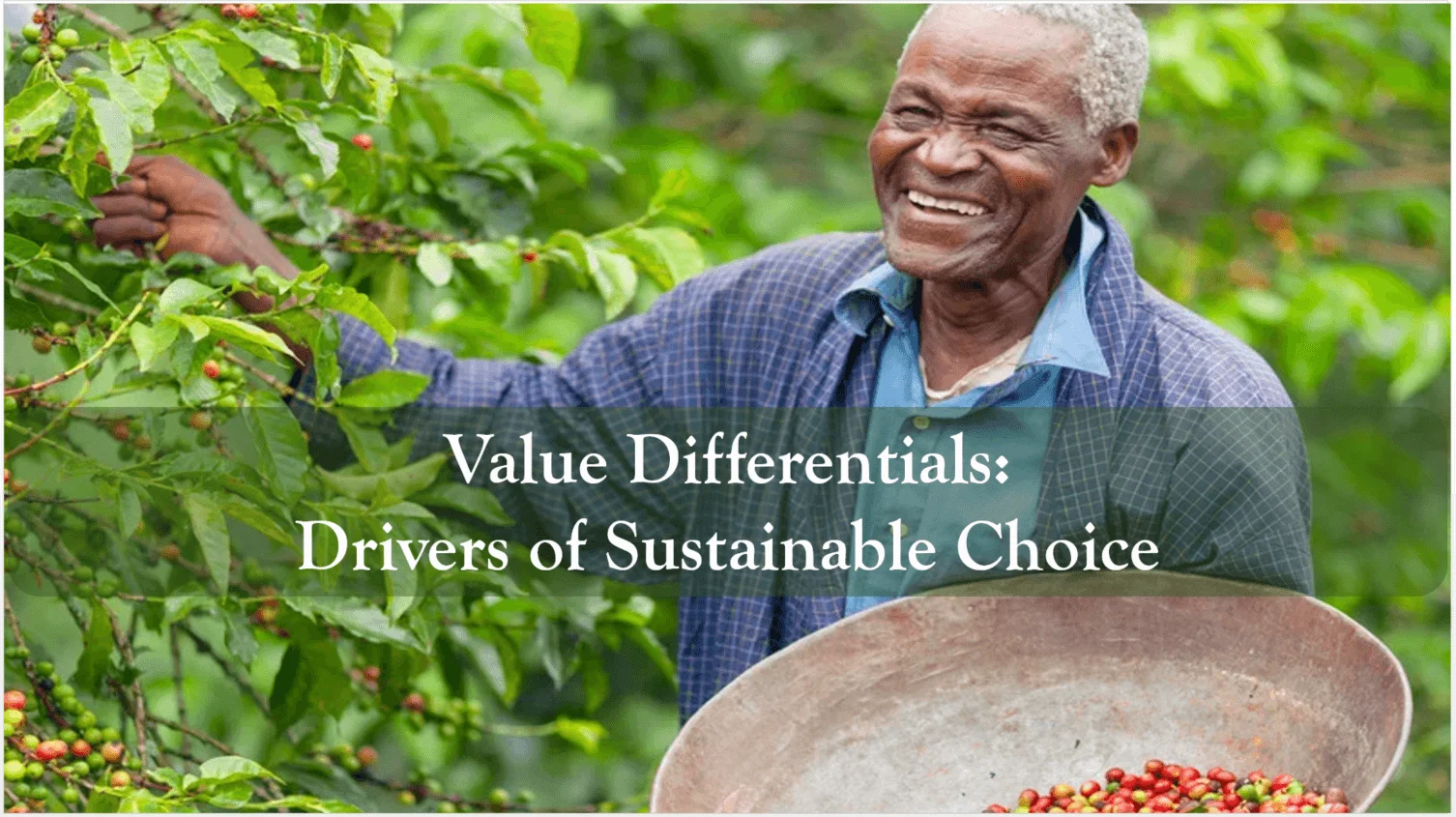
Product Purchase: Making Sustainable Choices
Green-Washing Skepticism & Price Sensitivity
Chemical Monitoring on Product Labels
Environmental Impact of Life Stage
Interest in E-friendly Household Products
Importance of Household Product Attributes
Household Product Purchase
Reasons for Purchase and Non-Purchase of E-friendly Household Products
Interest in E-friendly Personal Care Products
Importance of Personal Care Attributes
Types of Personal Care Products Purchased
Importance of Food/Beverage Attributes
Types of Sustainable Food/Beverage Products Purchased
Cross Purchase of Environmentally-Friendly Categories
Use of Plant-Based Products
Likelihood to Purchase Plant-Based Categories and Reasons for Non-Purchase
Organic Food/Beverage Purchase
Barriers to Sustainable Purchase
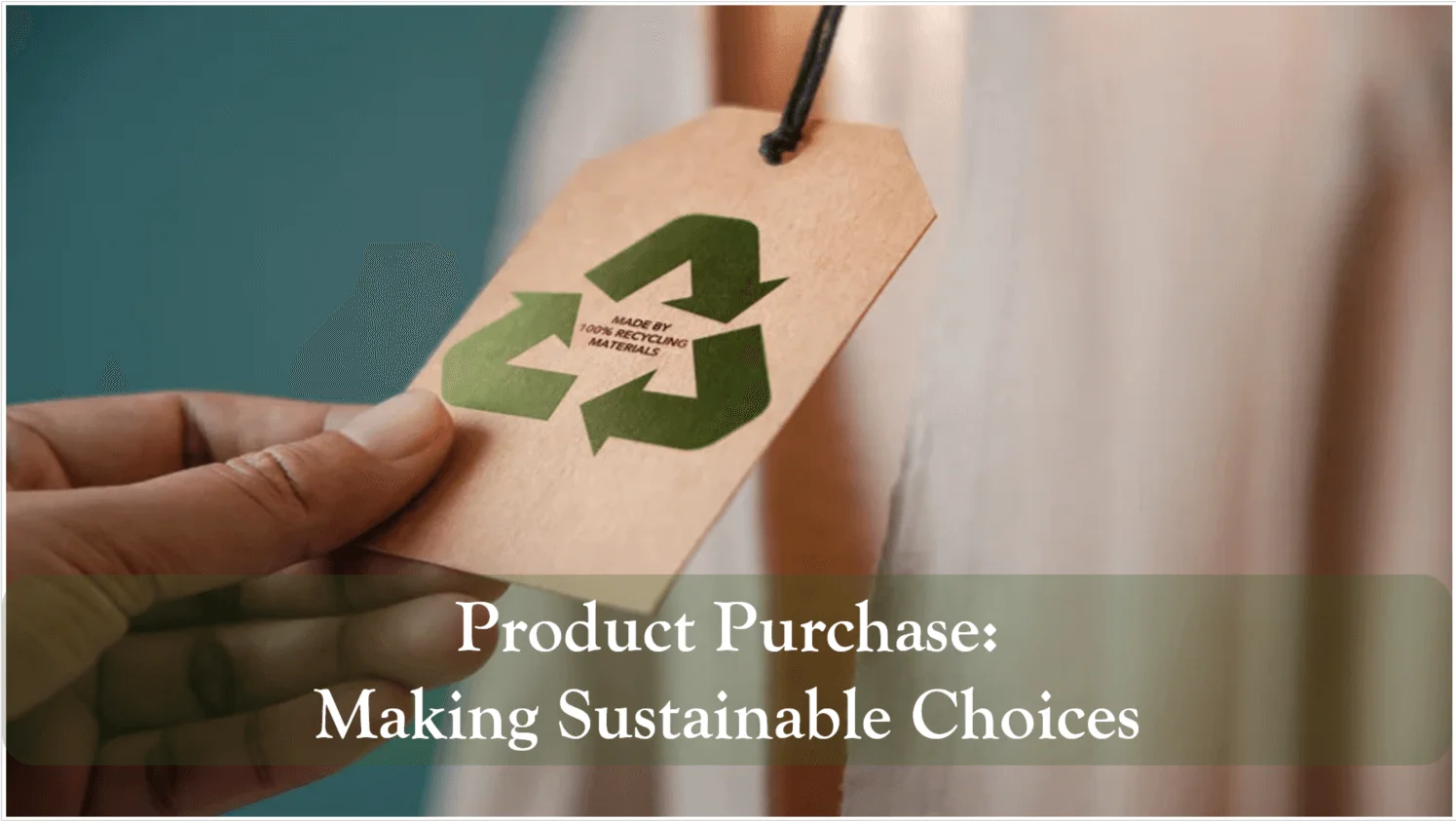
Sustainable Living: Building Green
Interest in Green-Building Products
LEED Certification Understanding
Impact of LEED Certification on Purchase
Desire for Types of Buildings to Be Built with LEED Guidelines
Interest in Green-Building Purchases for Home
Energy Conservation in Home
Interest in Purchase of an Electric or Hybrid Automobile

Shopping: Impact of Sustainability
Importance of Retailer Involvement in Social and Environmental Issues
Impact of Sustainable Initiatives on Shopping in Store
Impact of Sustainable Initiatives on Shopping In Store across Age Groups
Importance of Sustainable Merchandising
Use of Mobile Device in Store
Desire for Less Plastic in Store
Channel Shopping among Population and LOHAS Consumers
Retail Shopping among Population and LOHAS Consumers
Segment Composition of Shoppers
Sustainability Segmentation
Sustainability Segmentation Model Methodology
Segment Snapshots
Segment Summaries
Sustainable Mainstream Description
LOHAS Profile
NATURALITES Profile
DRIFTERS Profile
CONVENTIONALS Profile
UNCONCERNEDS Profile
Segments' Position on Personal vs. Planetary Chart
LOHAS Leaders and Followers
LOHAS Leaders and Followers Profiles
LOHAS Leaders and Followers Similarities and Differences
Demographic Summary across Segments
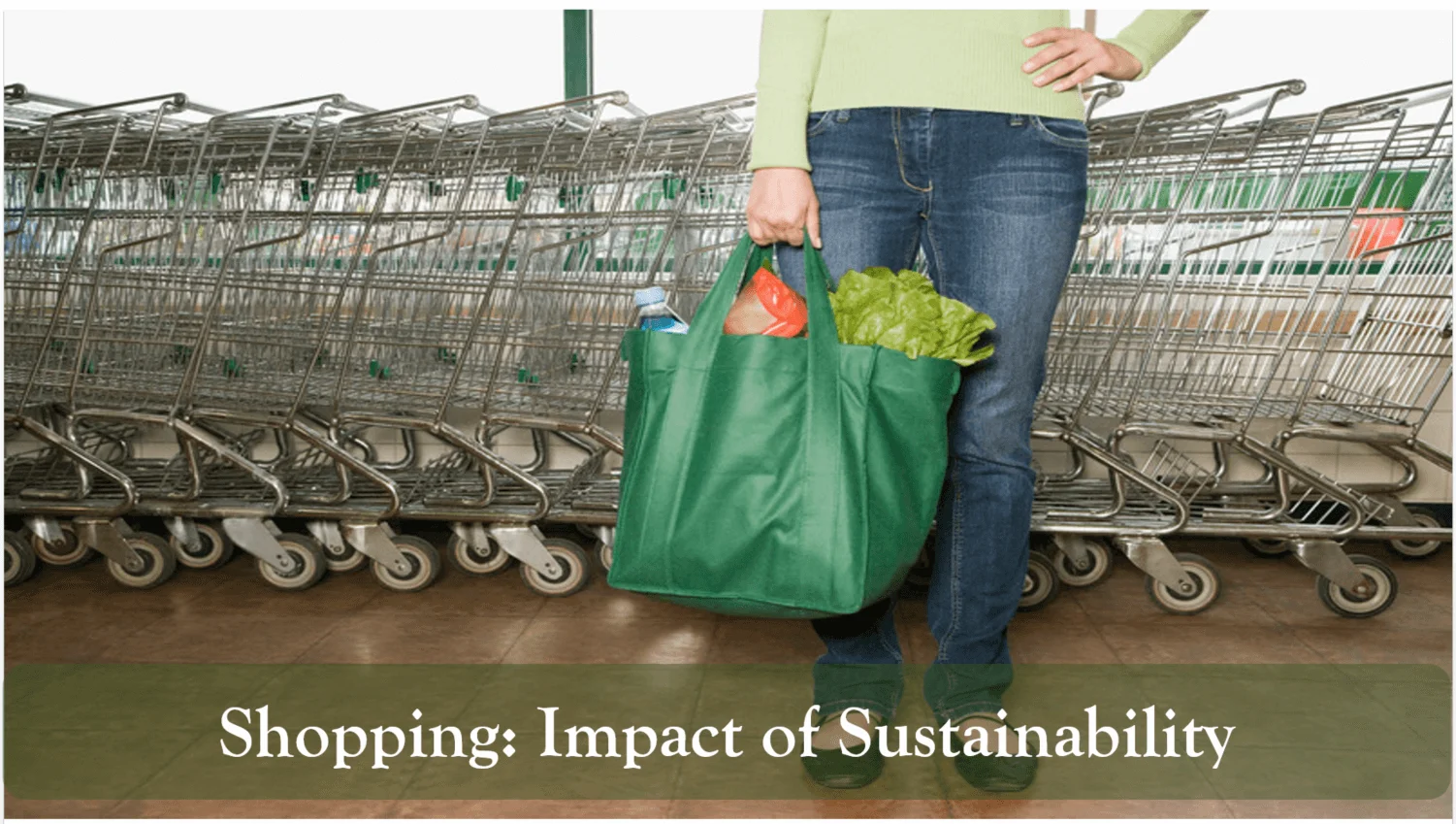
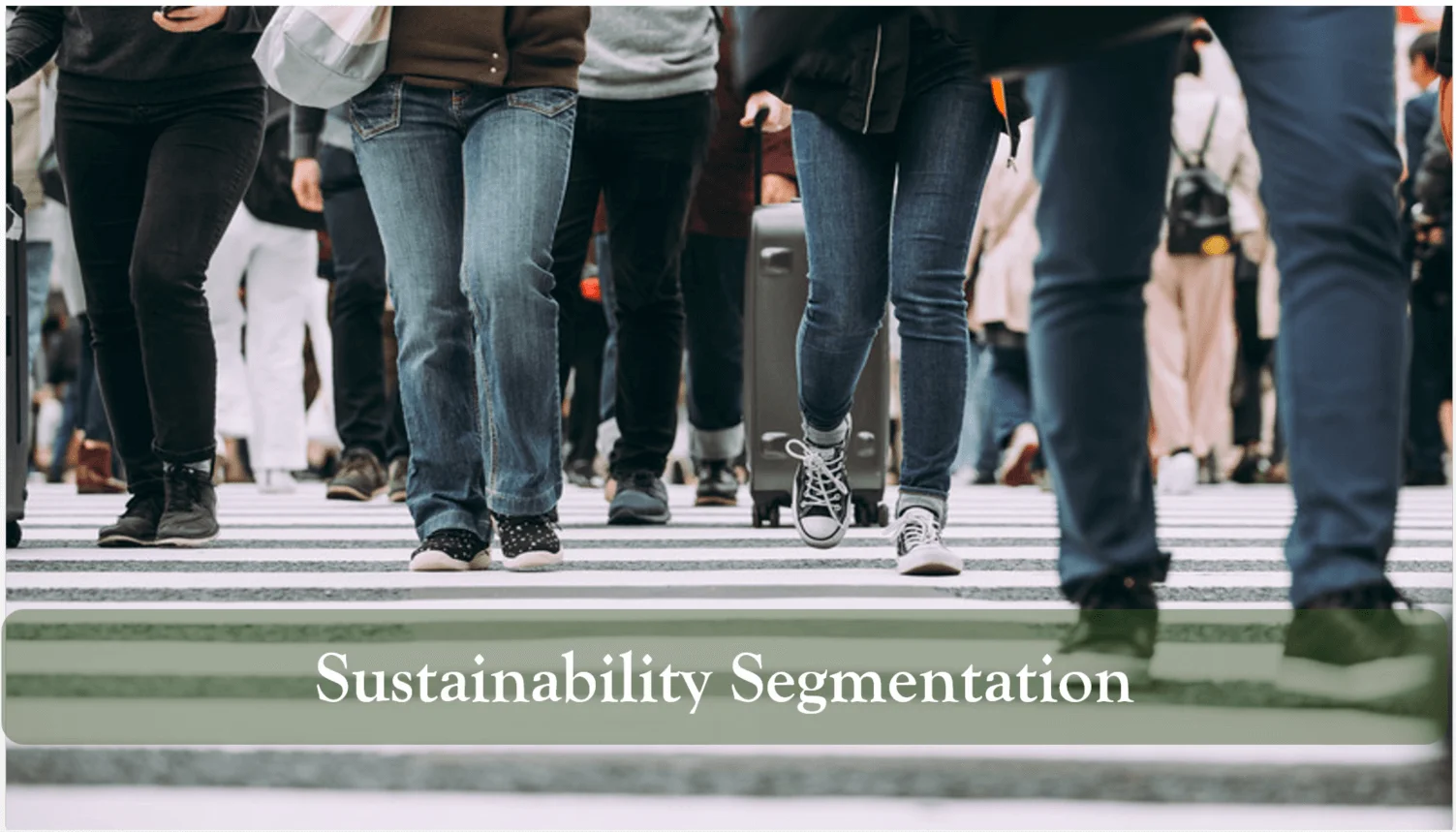
Segmentation Consumer Model - Sustainability Methodology
Development of the Institute’s unique and proprietary segmentation model began with evaluating over 170 different attitudinal and behavioral variables, later narrowed to approximately 21. A k-means clustering method was used. Cluster centers were defined as dense regions in the multivariate space based on a k-means segmentation of the attitudinal variables from the Institute’s Sustainability Consumer Trends Database survey.
This segmentation can be used to identify and predict segment membership as part of a quantitative extrapolative analysis of future consumer behavior.
5 Unique Segments: each segment is mutually exclusive and is designed to have the maximum differentiation between consumer groups and the maximum homogeneity within each consumer group. The predictive accuracy is high at 86%.
The segmentation has been overlaid on third-party data sets such as Nielsen’s Homescan and can be used through the Institute in custom/primary qualitative or quantitative research.
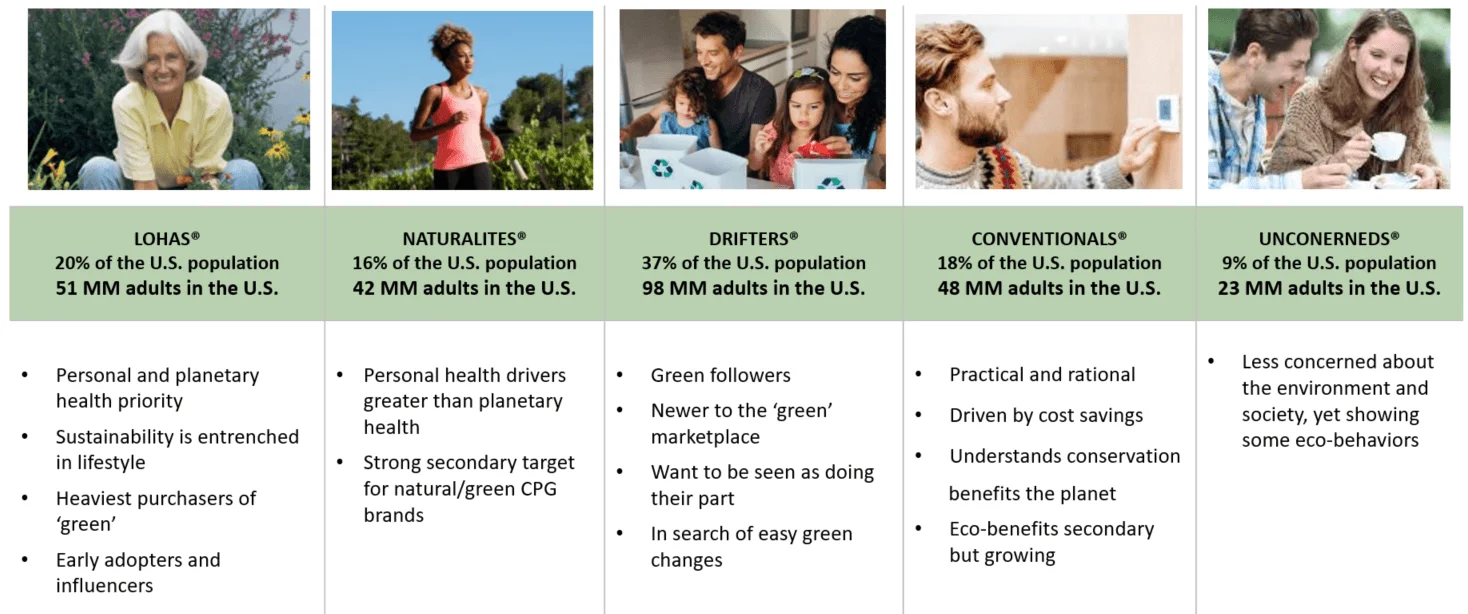
U.S. Sustainability Consumer Insights Database® (SCTD) Overview
Scope:
- Quantifies the size of the consumer market for environmentally and socially responsible products and services
- Measures the importance of environmental and societal issues as well as corporate social responsibility
- Explores environmentally conscious behavior
- Determines consumer usage of sustainable products and services and quantifies purchase criteria
- Annual tracking study in U.S. since 2002 and globally since 2005
Report Methodology:
- 4,346 U.S. adults, nationally projectable to the U.S. adult population and accurate at the 95% confidence level to +/- 1.5%
- July 7, 2025 – July 23,2025
- Conducted online
Natural Marketing Institute Database:
U.S. Trending since 2002 and Globally since 2005
Conducted in 15+ countries; 150,000+ global consumers interviewed

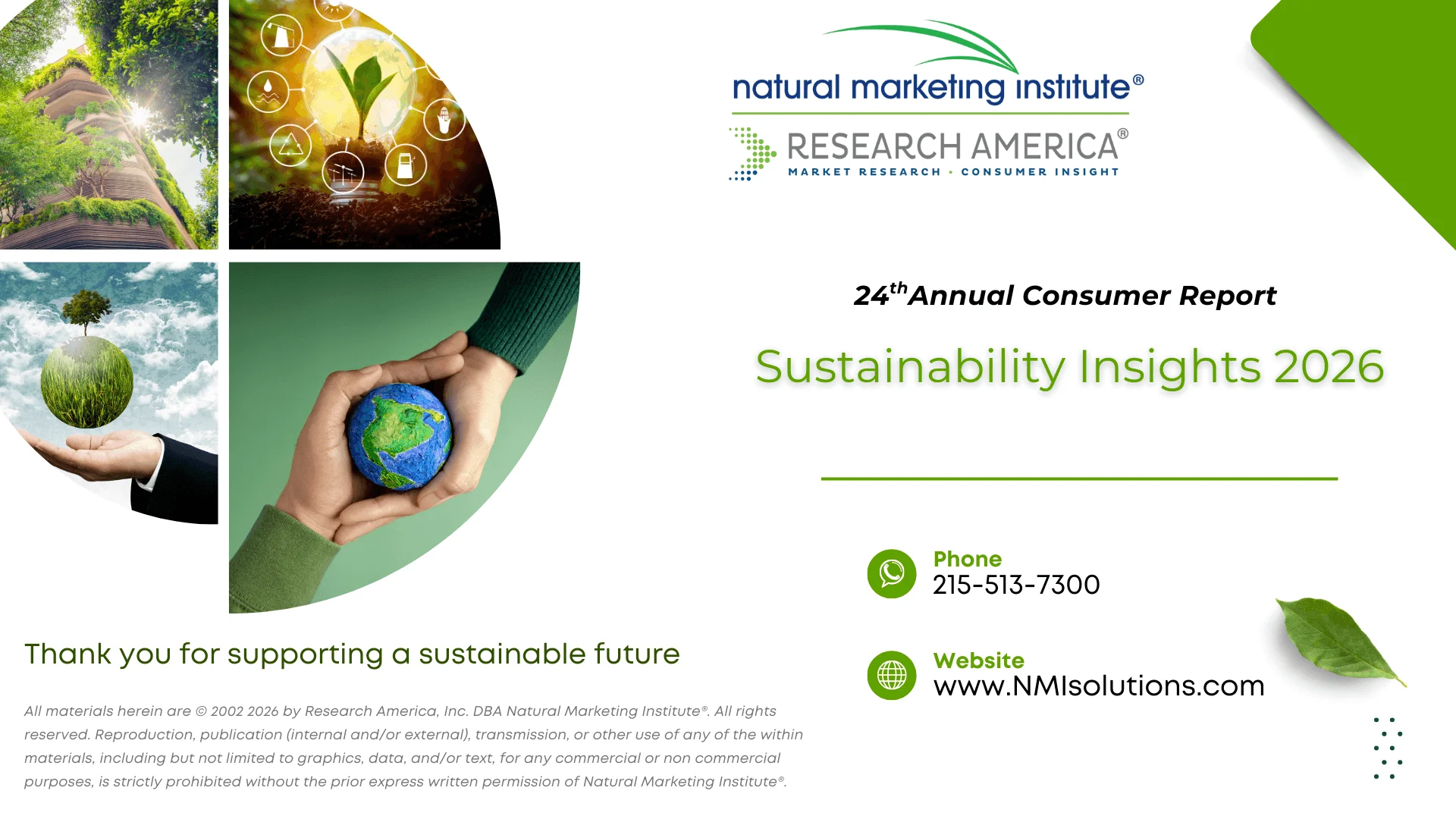
Ready to find out more? Kindly Contact Us Today!

